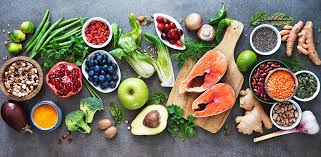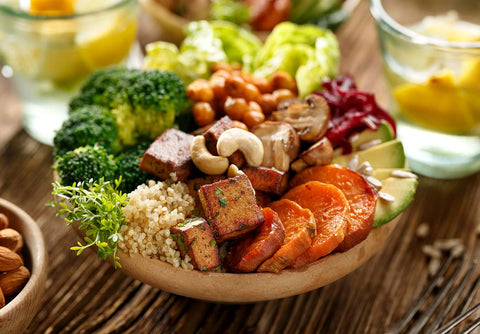What is Nutrient Density and Why Is It Important? Getting Maximum Nutrition Per Bite

What is Nutrient Density and Why Is It Important? Getting Maximum Nutrition Per Bite

Whenever you eat foods, you are getting a certain number of calories. But what else are you getting? Nutrition is more than calories alone and it takes well-balanced meals to get all the protein, healthy carbohydrates, healthy fats, vitamins and minerals we need every day.
There are many ways to encourage healthier eating as in the UK Food Standards Agency which advise eating more fruits and vegetables, lean proteins and whole grains. As we look at changing diets, there is often advice to reduce all processed foods, but some processed foods are also healthy and need to be differentiated from those that are not as good for you.
Dr. Adam Drewnowski, a professor at the University of Washington School of Public Health and a member of the Herbalife Nutrition Institute editorial board, developed the concept of nutrient density which is a measure of how much nutrition you get per calorie eaten. The reason he developed this measure of food quality was to be able to look at the economics of nutrition. By comparing the nutrient density of a variety of foods to the cost per calorie, he was able to establish that the foods with the highest nutrient density are those that cost the most.
For example, fruits and vegetables, which have vitamins, minerals and antioxidants, provide very few calories. The average fruit serving has only 70 calories and the average vegetable serving has only 50 calories per serving, but they are among the most expensive foods per calorie. Not surprisingly, high sugar and high fat foods have the lowest nutrient density providing the fewest nutrients but many calories. An 8 ounce cola has 150 calories with lots of sugar and no vitamins or minerals of value. Vegetable oils used in preparing snack foods like potato chips have 135 calories per tablespoon and the fat is often hidden in cookies, crackers, chips and pizza.
Some people make the mistake of condemning all processed foods, but processing foods can make their nutrients more available. For example, lycopene from tomatoes is liberated by heating before producing pasta sauces or soups and is more available to the body than lycopene in a fresh tomato. The best way to use nutrient density is to read food labels and assure that you are getting food value for the calories you are eating in the form of lean meats, plant proteins, vitamins, minerals and phytonutrients. If you are looking for a quick snack even when you are not hungry, reach for a fruit or vegetable.
Author: David Heber, M.D., Ph.D., F.A.C.P., F.A.S.N., chairman, Herbalife Nutrition Institute
